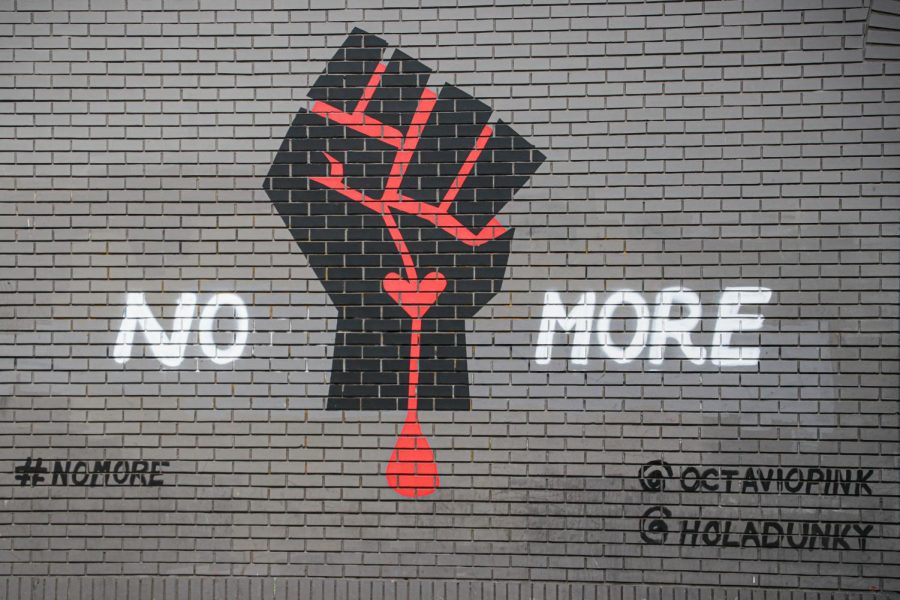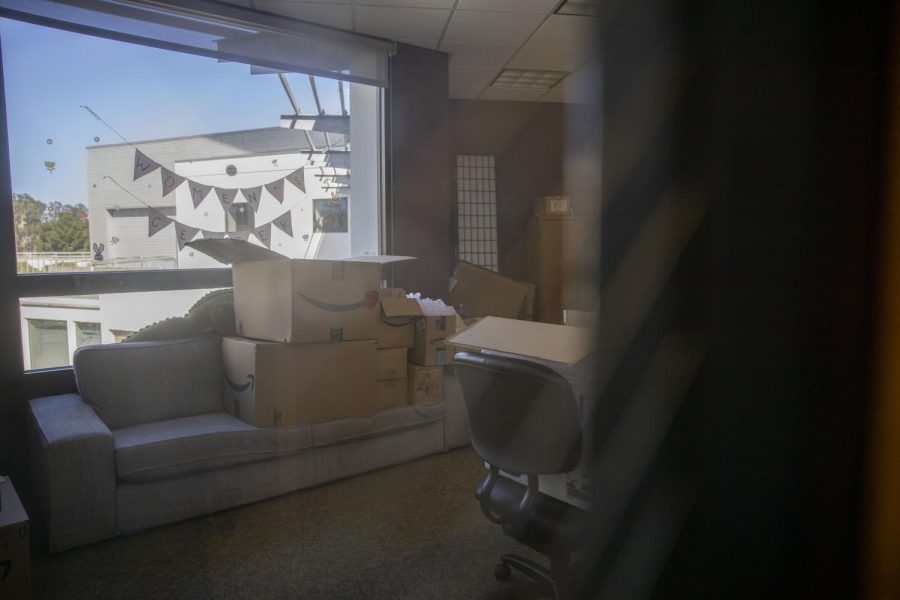Under the direction of her instructor, SF State junior Caylin Ofsanko made incisions to peel back layers of skin and fat, revealing the muscular tissues of the human arm.
This week Ofsanko and her peers will carve into the lower body of a cadaver, exploring with precision what tendons, muscles and ligaments drive the powerful legs that carry human beings from place to place.

Ofsanko is enrolled in human anatomy lab, a course that offers students the opportunity to work with cadavers as a means of training for work in the medical field. Ofsanko, who is studying to become a nurse, said she was excited to take the class because it offers a hands-on experience where she said she can physically see and hold the organs she studies.
“Seeing the cadavers right in front of (me) exceeded my expectations of what I thought it would be,” Ofsanko said. “I thought it would be really messy, but it’s very clean and this experience has definitely changed the way I see human bodies.”
The cadavers are provided by the University of California, San Francisco, according to Gloria Nusse, lecturer and manager of human anatomy at SF State. Nusse said that at the end of the semester students show their gratitude toward the families of the people who donated.
“It’s really quite an incredibly wonderful and generous gift,” Nusse said, “And the students write letters to the families at the end of the semester thanking them.”
Students are given little information on the cadavers – no name – just the age and cause of the death. However, Nusse said the dissection process offers students a way to understand the behavior of the person, based on what is discovered in the dissection.
“Last semester we had a woman who had this very rare tumor in her knee and probably caused her a lot of pain.” Nusse said. “Whether it was ever diagnosed we don’t know.”
Anatomy lab assistant Zack Welch said that the lab gives students an edge when they go on to graduate school because not all anatomy programs allow their undergraduates to dissect a cadaver.

SF State’s program encourages all the students in the lab to participate in the dissection, but it is not required. Welch said some students are more comfortable around the cadavers than others, and that the smell of formaldehyde, a preservative that prevents the body from decaying, can cause dizziness for certain people.
“If someone is smelling it too strong we’ll bring them back into the dry lab and sit with them for a couple minutes.” Welch said. “It’s usually seeing them for the first time and a little bit of the smell, but after the first lab or two, it’s easy breezy.”
Andrew Gogin, a senior in the physiology program, said he has been waiting for this opportunity since before entering college. Gogin’s father and brother have been in and out of hospitals for hip surgeries his entire life which he said inspired him to become a surgeon.
“I had to witness this as I was growing up, so that makes me more encouraged to be in the medical field.” Gogin said. “And to find out that one of our cadavers has a hip replacement makes me so intrigued to work on his hip.”
Human anatomy lab is training future nurses, physical therapists and surgeons– all students who want to help people when they are done with their time at SF State.
”I just want to help people,” Gogin said. “I’ve always wanted to help people, and help make someone feel better.”





